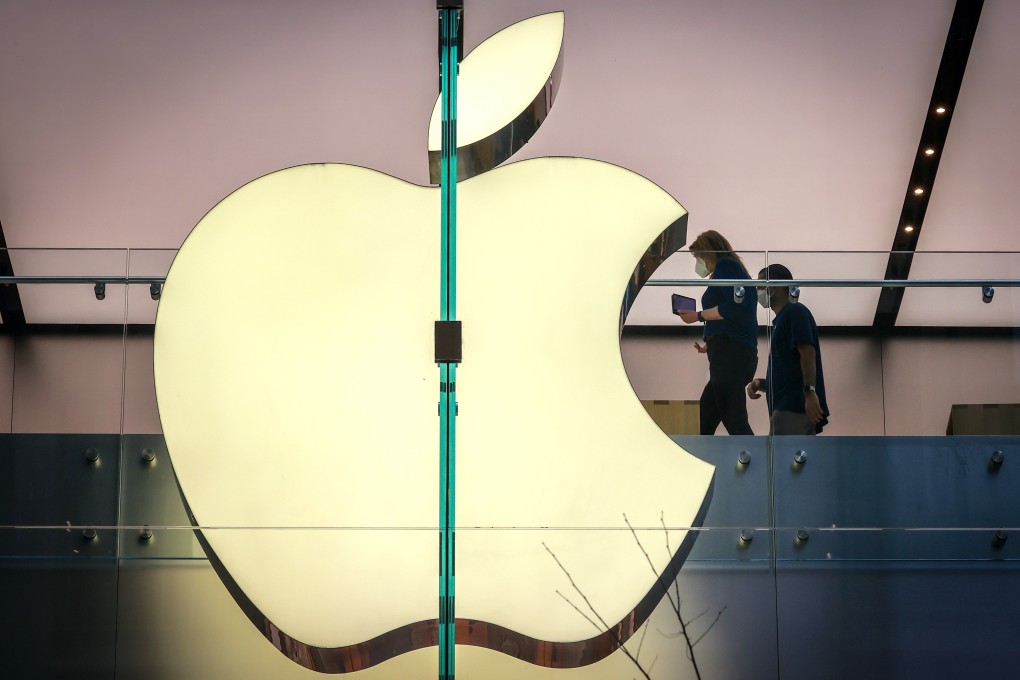Apple’s first headset to be high-end precursor to eventual augmented reality glasses for the masses
- Smartphone giant is building a high-end, niche product that will prepare outside developers and consumers for its eventual, more mainstream AR glasses
- AR glasses require years of work on lenses, hardware and software, component miniaturisation, production techniques and content creation

Apple Inc.’s first crack at a headset is designed to be a pricey, niche precursor to a more ambitious augmented reality product that will take longer to develop, according to people with knowledge of the matter.
The initial device has confronted several development hurdles and the company has conservative sales expectations, illustrating how challenging it will be to bring this nascent consumer technology to the masses.
As a mostly virtual reality device, it will display an all-encompassing 3D digital environment for gaming, watching video and communicating. AR functionality, the ability to overlay images and information over a view of the real world, will be more limited. Apple has planned to launch the product as soon as 2022, going up against Facebook Inc.’s Oculus, Sony Corp.’s PlayStation VR and headsets from HTC Corp., the people said. They asked not to be identified discussing private plans.
Apple’s typical playbook involves taking emerging consumer technology, such as music players, smartphones, tablets and smartwatches, and making it reliable and easy to use for everyone. This time, though, Apple isn’t looking to create an iPhone-like hit for its first headset. Instead, the company is building a high-end, niche product that will prepare outside developers and consumers for its eventual, more mainstream AR glasses.
The plans suggest that Apple’s first headset will be far more expensive than those from rivals, which cost about US$300 to US$900. Some Apple insiders believe the company may sell only one headset per day per retail store. Apple has roughly 500 stores, so in that scenario, annual sales would be just over 180,000 units – excluding other sales channels. That would put it on par with other pricey Apple products, such as the US$5,999 Mac Pro desktop computer. An Apple spokesman declined to comment.
Apple is aiming to include some of its most advanced and powerful chips in the headset along with displays that are much higher-resolution than those in existing VR products. Some of the chips tested in the device beat the performance of Apple’s M1 Mac processors. The company has also designed the headset with a fan, something the company usually tries to avoid on mobile products, the people said.